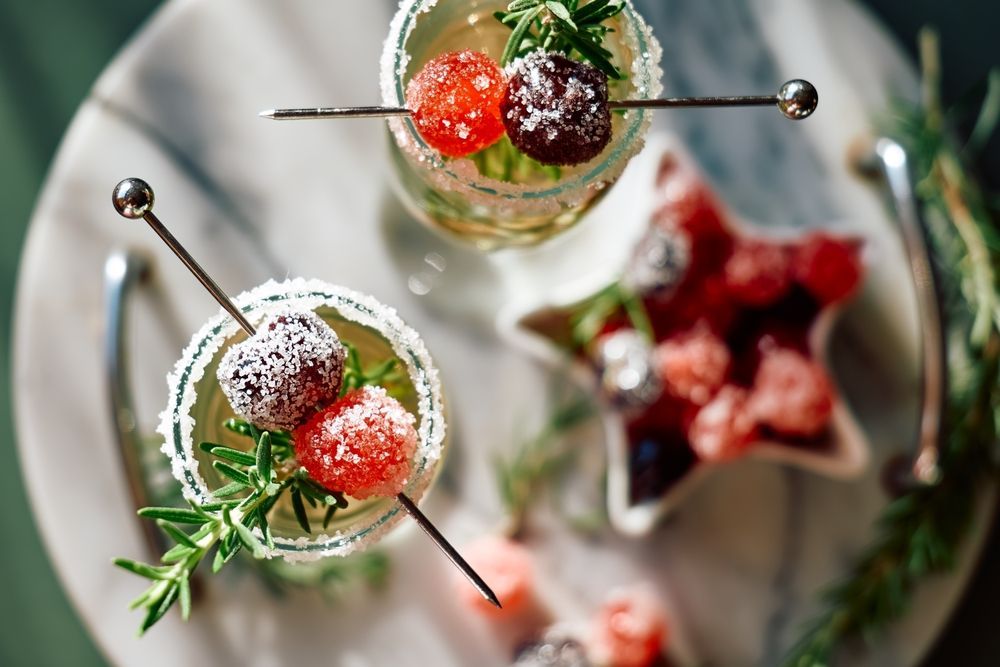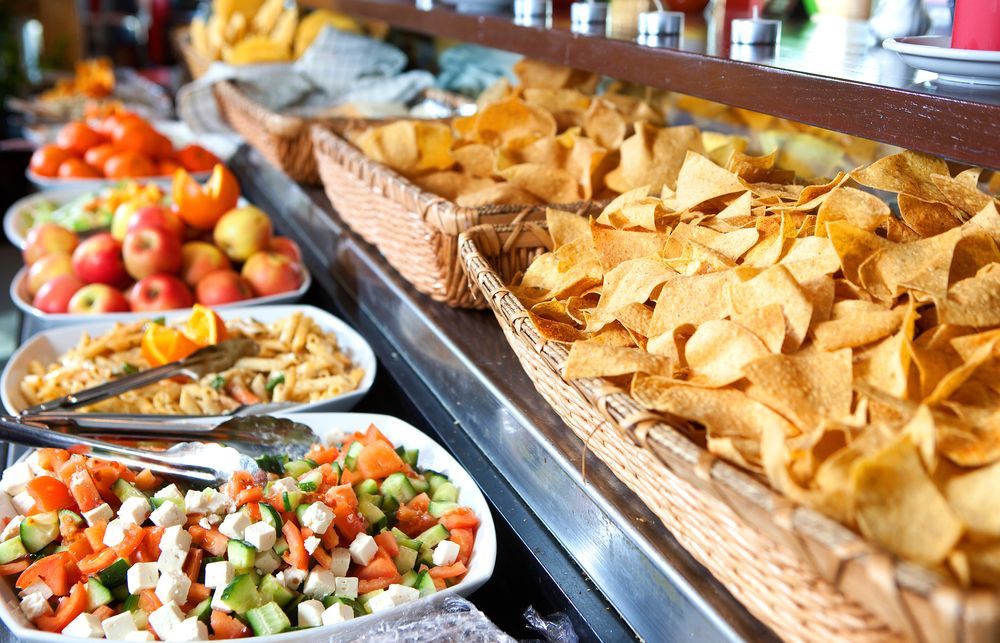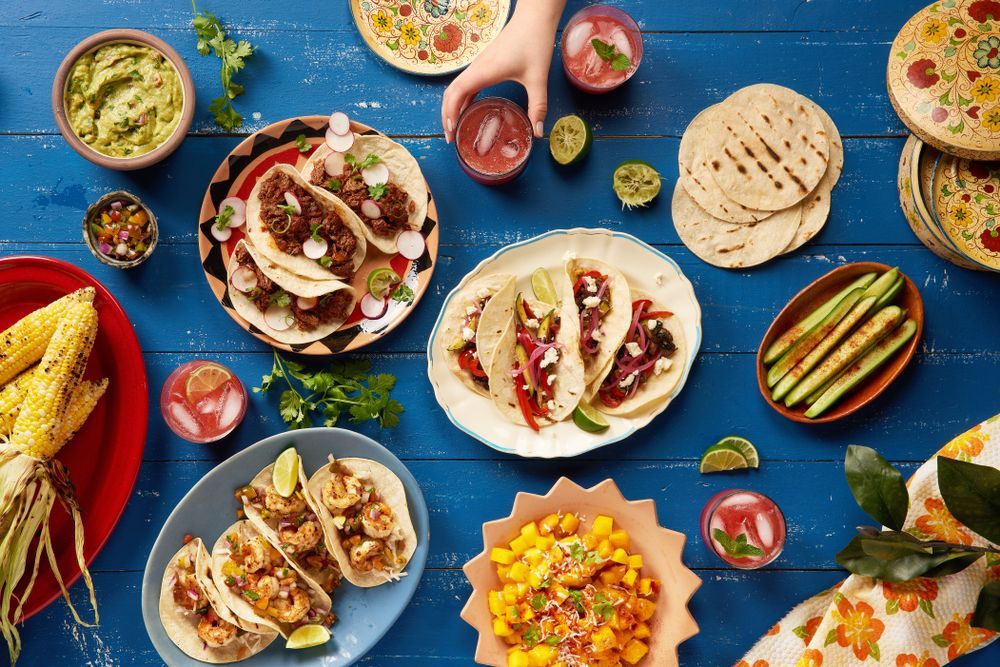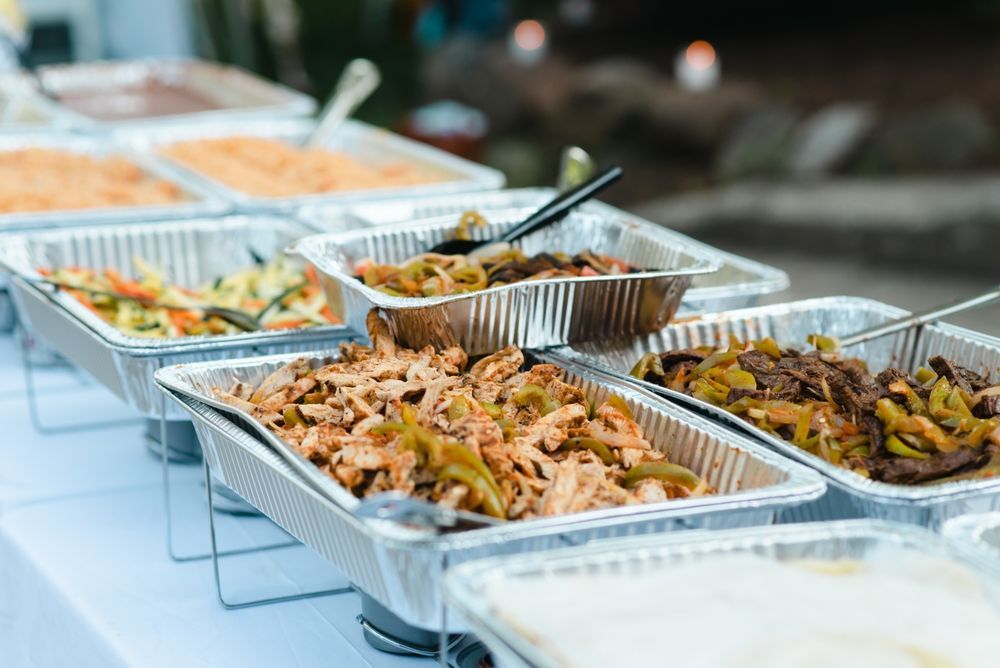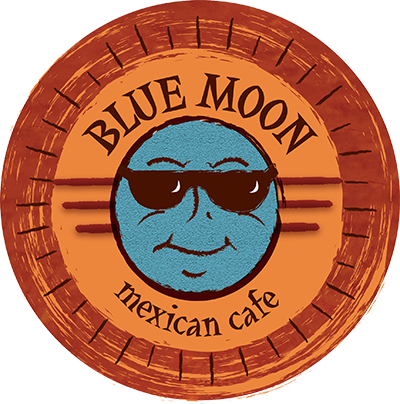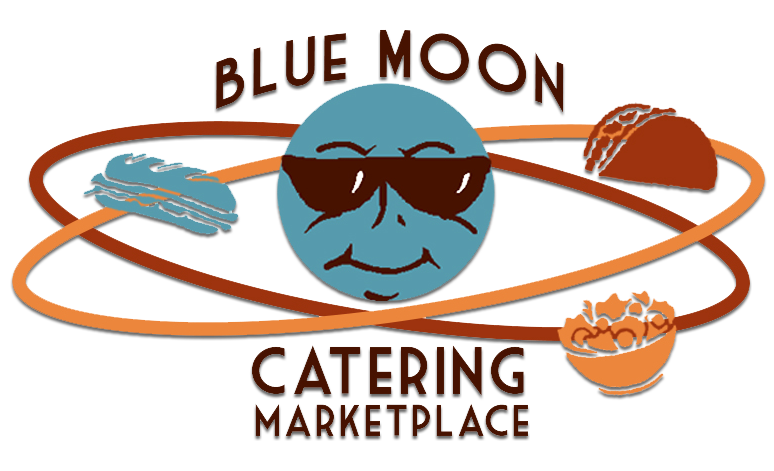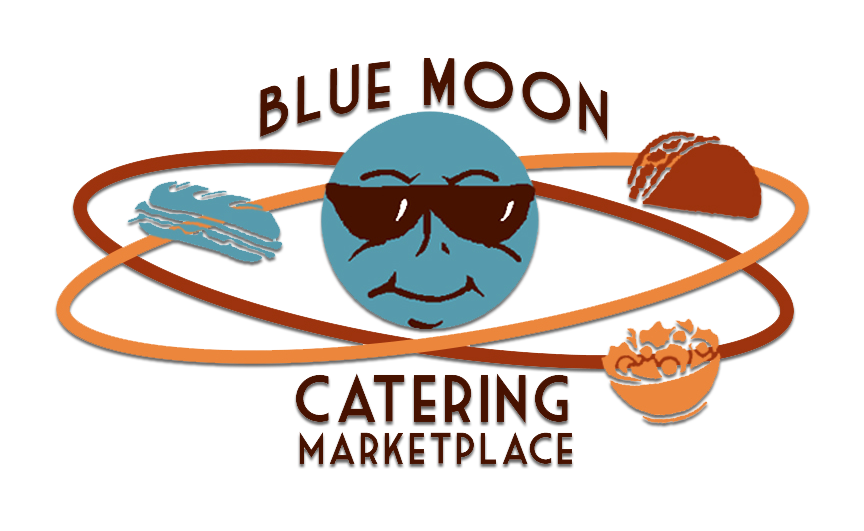The Margarita is one of the most iconic and beloved cocktails in the world, a refreshing blend of tequila, lime, and orange liqueur that has transcended borders and cultures. Yet, the story of its creation is as tantalizing and mysterious as its flavor. Margarita history is riddled with legends, disputed origins, and colorful characters, all vying for a place in cocktail lore. Exploring when was the Margarita invented takes us on a fascinating journey through early 20th-century Mexico, glamorous bars of the United States, and even the creative minds of socialites and bartenders who each claimed to have shaken up the very first one. Unraveling the true birth of the Margarita reveals a rich cultural tale of innovation, migration, and the enduring love for agave spirits.
The Mexican Origins: Spirits and Storytelling
To truly understand Margarita history, it’s essential to look back at the development of tequila itself. Tequila, made from the blue agave plant, became widely produced and consumed in Mexico throughout the 19th century, cementing its role as the national spirit. Lime and citrus, abundant in Mexican cuisine, were frequently used to complement the bold flavor of tequila, giving rise to countless homemade mixtures that bore resemblance to the modern Margarita. The question of when was the Margarita invented often points to Mexico in the 1930s and 1940s, when bartenders and creative drinkers began mixing tequila with citrus juice and orange liqueur in a cocktail glass, possibly inspired by the Daisy — a cocktail style using a base spirit, citrus, and liqueur. Interestingly, “Margarita” is the Spanish word for “daisy,” hinting that the cocktail may be a tequila twist on the earlier Daisy family of drinks.
Multiple stories trace the Margarita’s roots to Baja California, Tijuana, and other border towns where American tourists flooded during Prohibition. Some accounts mention a bartender in Tijuana named Carlos “Danny” Herrera, who, in the late 1930s, allegedly created the drink for a showgirl allergic to other spirits except tequila. Another tale attributes its invention to Margarita Sames, a Dallas socialite, who claimed to have invented the drink at her Acapulco vacation home in 1948 while entertaining guests. Each story captures a kernel of cultural truth about how Mexican ingredients, American visitors, and the imaginative spirit of hospitality converged to produce the Margarita.
Hollywood’s Role in Spreading the Margarita
The rise of Hollywood and its glamorous stars during the 1940s and 1950s played a huge part in popularizing the Margarita far beyond Mexican cantinas. As celebrities traveled to Mexico on holiday or to film on location, they returned with a newfound appreciation for the tequila-based cocktail. Bars and nightclubs in Los Angeles began to replicate the drink, capitalizing on the exotic mystique that surrounded it. In 1953, Esquire magazine officially published the Margarita recipe, further cementing its status in American drinking culture. As the question of when was the Margarita invented traveled across borders, the cocktail was no longer just a local treasure — it had become a symbol of fun, celebration, and cross-cultural fusion.
Hollywood’s influence cannot be underestimated when charting Margarita history. From John Wayne to Rita Hayworth (whose real name was Margarita Cansino, adding another twist to the naming lore), many stars were rumored to favor the drink. By the mid-20th century, the Margarita had found its place on menus around the world, embraced by both elite cocktail bars and neighborhood watering holes. Its appeal was not only in the taste but also in the carefree, beachy lifestyle it evoked — a testament to its Mexican roots and its universal charm.
The Rise of the Frozen Margarita Machine
While the classic Margarita on the rocks was already a hit, the next major leap came with technology — specifically, the invention of the frozen Margarita machine. In 1971, Mariano Martinez, a Dallas restaurateur, modified a soft-serve ice cream machine to serve frozen Margaritas to his eager customers, who were clamoring for consistently cold, slushy cocktails. This innovation revolutionized how people enjoyed the drink, making it more accessible and easier to serve at high volume. The frozen Margarita machine became a fixture in Tex-Mex restaurants and spread rapidly through bars across the United States.
The frozen version added a playful twist to Margarita history, blending convenience, novelty, and nostalgia. It turned a once-specialty cocktail into a mainstream favorite and drove an explosion of flavored Margarita variations, from strawberry to mango to watermelon. This surge in popularity further obscured the question of when was the Margarita invented, as new generations simply accepted it as a delicious staple without ever questioning its origin. Yet, the frozen Margarita machine was a crucial moment in preserving the drink’s legacy by ensuring it could be mass-produced and served with consistent quality.
Debating the True Origins: Myths, Legends, and Truths
Despite the frozen Margarita machine’s contribution to its modern fame, the true story of the cocktail’s creation remains elusive and hotly debated. Margarita history is full of competing claims, each with some measure of believability but no definitive proof. Was it Carlos Herrera who served the showgirl in Tijuana? Or was it Margarita Sames at her luxurious Acapulco gathering? Another theory credits a bartender at the Agua Caliente Racetrack in Tijuana in 1938, who named the cocktail after a beautiful customer. Still others argue that it was simply a local adaptation of the Daisy cocktail, repackaged with tequila in place of brandy or gin.
Because cocktail history often relies on oral tradition, anecdotal evidence, and word-of-mouth stories, it is challenging to pin down exact dates and names. Recipes were rarely written down formally in the 1930s, and local bartenders improvised with available ingredients, making it difficult to verify precisely when was the Margarita invented. In a way, this ambiguity is part of the drink’s magic. Its legend continues to grow, fueled by each new bartender who claims a fresh spin on the timeless formula. Perhaps it is this folklore quality — an origin story woven together by memory and myth — that has kept the Margarita relevant and beloved for generations.
The Margarita Today: Legacy and Reinvention
Today, the Margarita is more popular than ever, standing as one of the world’s best-selling cocktails. It has evolved from a simple combination of tequila, lime, and orange liqueur into a canvas for creativity. Modern bartenders experiment with smoked salts, artisanal tequilas, and exotic fruit infusions, while others pay homage to the classic form with fresh lime juice and high-quality Cointreau. The cultural significance of the Margarita is undeniable: it embodies Mexican pride, American enthusiasm, and a universal love of good times.
Its legacy continues to inspire new innovations, whether in the form of ready-to-drink canned Margaritas or sophisticated craft versions served in high-end cocktail lounges. Even its presentation has transformed, with elaborate glassware, inventive garnishes, and bold flavors that surprise and delight. Despite these changes, the essential spirit of the Margarita — a celebration of tequila, citrus, and conviviality — remains constant.
The enduring question of when was the Margarita invented may never have a completely satisfying answer, but the beauty of Margarita history is that it invites everyone to participate in its evolution. Every time someone raises a salted glass rimmed with lime and takes that first refreshing sip, they add their own chapter to the ongoing story. From the dusty cantinas of Tijuana to the neon bars of Las Vegas and the beaches of Cancun, the Margarita has cemented its place in cocktail culture. Its journey reflects a deeper story of cultural exchange, resourcefulness, and pure enjoyment — qualities that will ensure the Margarita’s popularity for many more decades to come.
Conclusion
In the end, it does not matter precisely who mixed the first Margarita or exactly what year it was born. What matters is the enduring power of a drink that brings people together, invites storytelling, and honors both tradition and innovation. The next time you sip a Margarita, remember that you are tasting history — a history shaped by Mexico’s spirit, America’s fascination, and a world’s thirst for something bright, bold, and beautiful.
At Blue Moon Mexican Cafe, we’d love for you to come experience the legacy of the Margarita for yourself — whether you’re inspired by its storied past or simply ready to raise a glass to good times. Let our handcrafted Margaritas, flavorful Mexican cuisine, and lively atmosphere turn your next meal or gathering into a celebration. Reach out to us today to plan your visit, order online, or even host your own unforgettable fiesta with us — we’re excited to welcome you!
